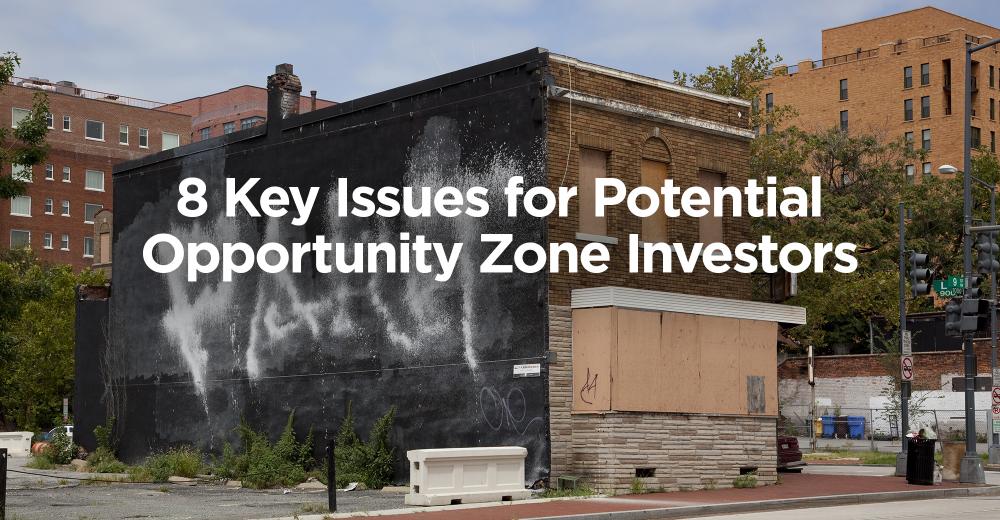1 9
1 9
The LP should determine what level of control he has over capital calls and other major decisions. Typically, the GP can call capital within an approved budget, with some leeway over the budget for emergencies, casualties and unforeseen events. The savvy LP will often have the right to veto capital calls that are not within the approved budget and are the result of GP negligence or a change in scope for the project. Other major decisions usually subject to the LP’s approval are financing, selling the project, amending the business plan, admitting new investors, and filing for bankruptcy protection.
The LP then needs to determine the consequences if the GP does not contribute its percentage of the capital call. Most JV agreements provide remedies for failing to contribute capital, including high-interest loans or a “squeeze down” of the non-contributing partner’s interest. A squeeze down is typically based on the ratio that the amount of additional capital contributed on behalf of the non-contributing partner bears to the aggregate amount of capital the partners have contributed to the deal, with a multiplier of 1.25 to 2.00 on the new capital as a punitive leverage on the squeeze down. In the case of the GP, the squeeze down will also reduce its promote interest. The smart LP may want the right to remove the GP if the GP fails to contribute its share of additional capital because the GP may lose its incentive to see the project through to completion if its percentage interest or promote is reduced below a minimum percentage.
In most deals, the main incentive for the GP is the “promote interest” earned by the GP when the property is sold or refinanced. The GP earns its promote after the partners receive a stated return on their capital and the return of all of their capital contributions, usually stated as an IRR on the invested capital. The remaining cash is split so that the GP receives an additional share of the cash beyond its percentage interest, which is the promote, ranging from additional 20% to 50% of the residual cash from the capital event. The LP may impose a minimum return on its invested capital (say 2.0 or 2.5 times) as an additional hurdle to the GP promote. We note that from the GP perspective, the new Opportunity Zone regulations will force the parties to come up with ways to monetize the promote to the GP prior to the minimum holding period for the federal tax incentives, since the GP will usually expect to earn the promote once the project has stabilized.
When can the LP replace the GP in a typical JV? Many agreements provide for the GP to be removed only if the GP commits a bad act, such as fraud, embezzlement, or an intentional breach of the JV agreement or the loan documents. Removal of the GP is usually a last resort but the LP needs to have this remedy for a delinquent or dishonest GP. Keep in mind that the LP would have to replace the GP with a new general partner or take over the project itself, both of which may be difficult.
What about the GP’s conflict of interest because of the nearby project? The other project may lead the GP to allocate resources away from our deal. Many agreements allow the GP to invest in competing projects. The LP should request a first right to invest in a competing project that the GP undertakes during the development by the JV. However, unless the GP is directly discriminating against the project, such as by redirecting tenants or shifting materials or labor away, the GP is probably not violating non-competition provisions in a typical JV agreement.
If the project is unlikely to be financially successful, the LP may want to cut his losses and exit the JV. The traditional avenues are a forced sale of the project triggered by the LP or a buyout of the GP’s interest. The JV agreement will often prohibit a forced sale until the project is fully-built and stabilized so the partners can realize the full value of the development on the sale. The LP may be able to trigger a buyout by refusing to approve major decisions, but this approach can stall the project and lead to litigation. We note that the Opportunity Zone regulations will make it even more difficult for the LP to force an exit prior to the end of the minimum holding period for the tax incentives, due to the loss of the tax benefit.
In the background lies a construction lender. The lender will require that the JV maintain equity to keep the loan “in balance” and may declare a default if the partners do not contribute capital to pay the cost overrun. The loan agreement may also prohibit a buyout of the GP without the lender’s approval of a replacement general partner. Moreover, the lender may have required the GP and/or the LP to sign a payment guaranty, a completion guaranty, or a non-recourse carveout guaranty under which the guarantor may be personally liable for repaying the loan, completing construction of the project, or reimbursing the lender for any damages caused by certain “bad boy” acts. Before taking any action under the JV agreement, the partners need to consider ramifications under the loan documents.
While outside the scope of this article, the LP should consider what fiduciary duties are owed by the GP. This is a function of where the JV was formed (California has different rules than Delaware) and whether any of the fiduciary duties were waived or modified in the JV Agreement.

